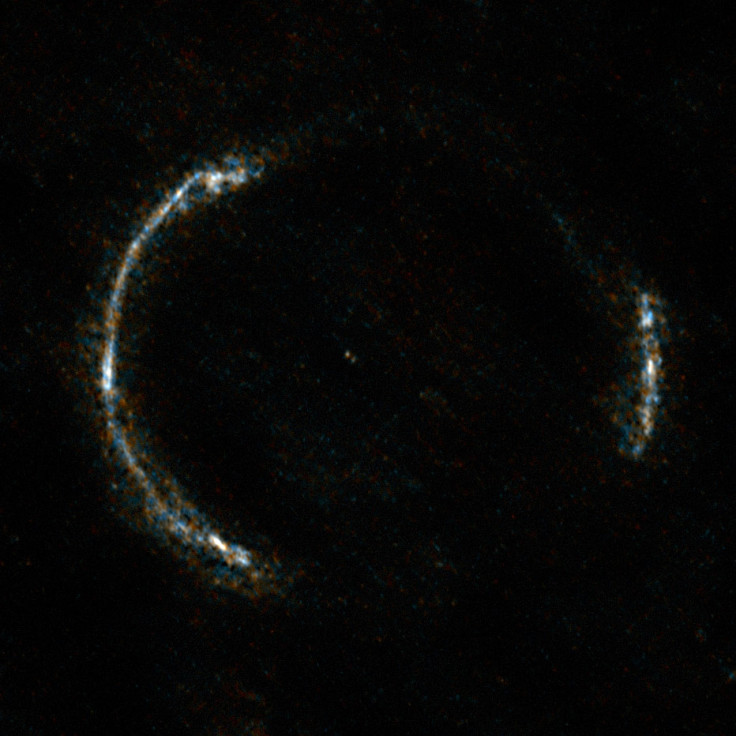Star formation in early universe revealed in most detailed images ever

Astronomers have been able to see star formation in the early universe in unprecedented detail by using the Atacama Large Millimeter/submillimeter Array (Alma) telescope.
The ground based array of the Alma telescope in Chile helped unscramble the gravitationally lensed image of SDP.81 being formed by an intervening massive galaxy.
Fine, never-seen-before massive yet concentrated clumps of star-forming material were revealed within the galaxy as it was when the universe was only 15% of its current age — only 2.4 billion years after the Big Bang.
The light has taken over twice the age of the Earth to reach us (11.4 billion years).
Alma observations allowed researchers to see clumps of star formation at sizes of about 200 light-years, the first time such phenomenon has been seen at such enormous distance.
"ALMA was designed to be the most powerful telescope of its kind, but by harnessing the magnifying power of this gravitational lens we were able to study a distant and mysterious object in detail that would have been impossible otherwise," said Todd Hunter, an astronomer at the National Radio Astronomy Observatory (NRAO) and co-author of one of the papers.
The new images of SDP.81 have a resolution up to six times greater than those taken in the infrared with the NASA/ESA Hubble Space Telescope.
This was possible as Alma's antennas were at their greatest separation – up to 15kms apart – providing the highest resolution ever achieved.
The gas in SDP.81 is unstable, with clumps collapsing inward. These clumps are likely to create giant new star-forming regions in the future, says NRAO.
The very faint central region of SDP.81 suggests that a supermassive black hole with a mass of 200 million to 300 million times that of the sun sits in the foreground galaxy.
Einstein's relativity theory unites space and time into a four-dimensional, dynamic, elastic fabric called space-time, which is bent and warped by the energy it contains. Mass is just another form of energy.
Any light passing through the warped space-time would be bent much like a giant cosmic glass would.
The first gravitational lens was discovered in 1979. Lensing provides a window into the extremely faint universe just after its birth 13.8 billion years ago.
The European Southern Observatory's (ESO) telescope which sits in the Atacama Desert in Chile, consists of 66 individual antennas that can be positioned.
"The reconstructed ALMA image of the galaxy is spectacular," Rob Ivison, ESO's director of science and a co-author of two of the papers, said. "We can study galaxies at the other end of the universe as they merge and create huge numbers of stars. This is the kind of stuff that gets me up in the morning!"
© Copyright IBTimes 2025. All rights reserved.





















